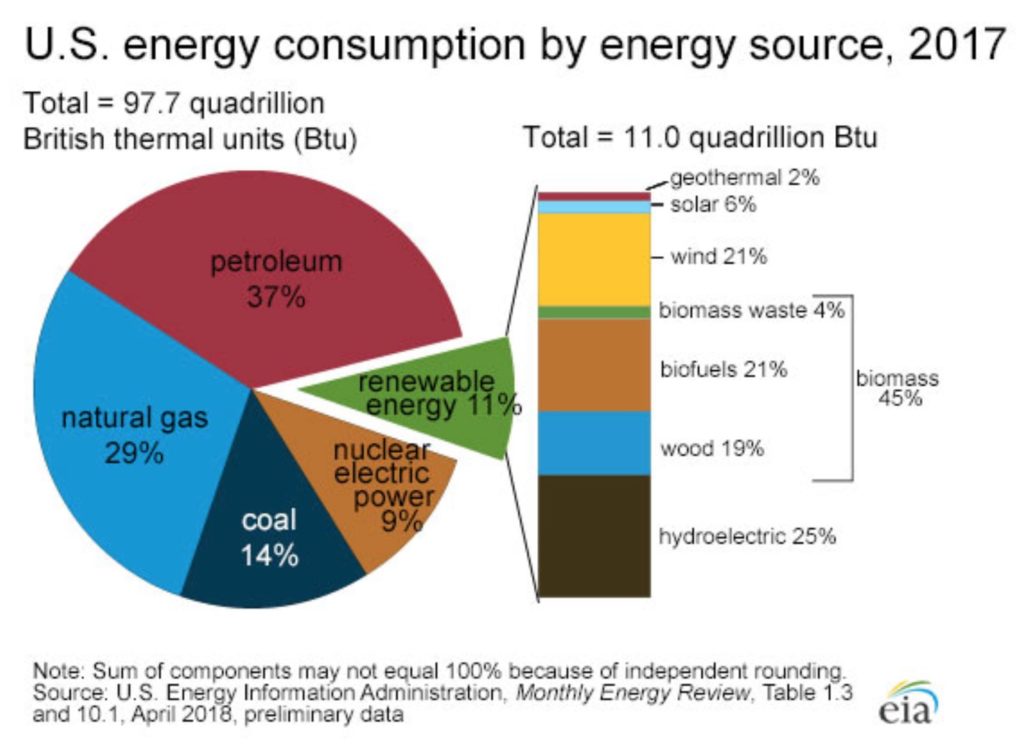The Magical Worlds of Energy and Climate Claims
For students with the energy topic, hydrocarbon vs. green or renewable energy claims swirl through federal policy debates. In climate change/fossil fuel debates everyone seems entitled to their own facts and theories, as well as their own opinions.
And debaters will face to their own judges who read or hear energy and environmental news from different and often tilted news sources. Just as debate judges can have opinions about organic food, or meat vs. vegan, or chicken vs. beef, they will likely have their own opinions about wind and solar vs. coal, oil, and natural gas. (Before rounds, debaters can check the judges parking to count Toyota Prius (Prii?), Nissan Leafs, Teslas, and maybe check for Volvos too).
For energy policy, there are many reforms people (and judges) across the political spectrum will find compelling. Ending ethanol mandates and subsidies, for example.
Environmentalists used to advocate ethanol as a “green” fuel, but later research found more energy was used in planting, harvesting, transporting, and processing corn than the energy in ethanol produced. So now it’s mostly ethanol processors and agribusinesses and their lobbyists and politicians who want to preserve the status quo. (Though debaters in Iowa and other corn states should be careful. Check your judge parking lots for cars equipped to burn E85.)
On the broader biomass mess, see Federal Taxpayer Subsidies for Biomass (Energy & Natural Resources, Taxpayers for Common Sense, June 8, 2015):
Taxpayer subsidies and mandates for renewable energy derived from biomass originate in several different pieces of legislation. The subsidies are administered by various federal agencies, including the Departments of Energy (DOE) and Agriculture (USDA) and the Environmental Protection Agency (EPA).
Economic principles provide insights for understanding the energy industry, for comparing various energy technologies, and for understanding the public choice dynamics of energy politics and policies.
No source is perfect but the U.S. Energy Information Agency (eia) page, U.S. Energy Facts Explained provides a useful overview of the of the U.S. energy industry:
The United States uses and produces many different types and sources of energy, which can be grouped into general categories such as primary and secondary, renewable and nonrenewable, and fossil fuels.
Primary energy sources include fossil fuels (petroleum, natural gas, and coal), nuclear energy, and renewable sources of energy. Electricity is a secondary energy source that is generated (produced) from primary energy sources. …
The three major fossil fuels—petroleum, natural gas, and coal—combined accounted for about 77.6% of the U.S. primary energy production in 2017:
• Natural gas—31.8%
• Petroleum (crude oil and natural gas plant liquids)—28.0%
• Coal—17.8%
• Renewable energy—12.7%
• Nuclear electric power—9.6%

Each energy source has strengths and weaknesses, costs and benefits. Social media tends to drop people into news feeds with stories either all positive about wind and solar energy or mostly negative.
Debaters can advocate federalism against federal energy mandates. Allow states and communities more flexibility with energy policies. Let Vermont have Bernie Sanders and green energy and New Hampshire “live free or die.” But it is harder for minorities opinions in large states like California and Texas. Fossil fuel fans in California and green energy fans in Texas won’t get the policies they prefer (while still paying for subsidies they don’t like).

The “New Energy Economy”: An Exercise in Magical Thinking, (Manhattan Institute, March 26, 2019) gives a hard science tour of wind, solar, and hydrocarbon technologies and costs. But the study and the Manhattan Institute are critical of green energy (see also Economics21.org energy posts). So it’s worth reading what Manhattan Institute critics have to say.

The Energy and Policy Institute has a post Who’s behind Trump’s claim the Green New Deal will cost $100 trillion?( March 14, 2019) blaming Manhattan Institute researchers for guessing Green New Deal plans for transitioning the US economic to renewable energy could cost $100 trillion. Beyond the he said/she on Green New Deal cost estimates is the claim by Energy and Policy Institute that Manhattan Institute is influenced by oil, gas, and coal interests.
The article reports on $3.7 million in donations between 2011-2017 to Manhattan Institute from the Paul E. Singer Foundation and $1 million in donations since 1998 from ExxonMobil as evidence of fossil fuel industry influence.
Yet the Manhattan Institute has annual budgets of around $15 million. So annual donations from ExxonMobil and Singer Foundation were less than 5% of Manhattan Institute annual budget (Paul Singer is Board Chairman for the Manhattan Institute, so that’s a big influence.) Also, what other programs and charities do ExxonMobil and the Singer Foundation support? ExxonMobil gave some $2.8 to arts and cultural programs in 2017. Was that mostly for symphonies and opera setting to music the benefits of fossil fuels?
How the Energy and Policy Institute dupes the media into covering its work (Washington Examiner, July 10, 2017) makes the case that Energy and Policy Institute is more a public relations project than a think tank. (And online many groups are critical of the Washington Examiner). The author of the Washington Examiner article though is head of a group labeled as left-wing.
Inside Philanthropy‘s post Climate Change – Funders lists major foundations funding green energy programs and advocacy. It’s a long list, many 100 nonprofits that have donated a lot of money (billions?) to hundreds of green energy advocacy and development projects. How do these donations favoring wind and solar compare to donations from those favoring fossil fuels?
An earlier post, Time for Independence from Federal Energy Policies? discussed a number of energy research organizations and their critics.

